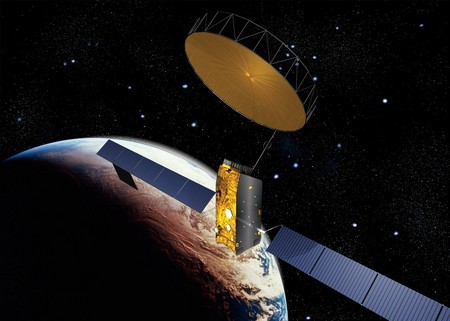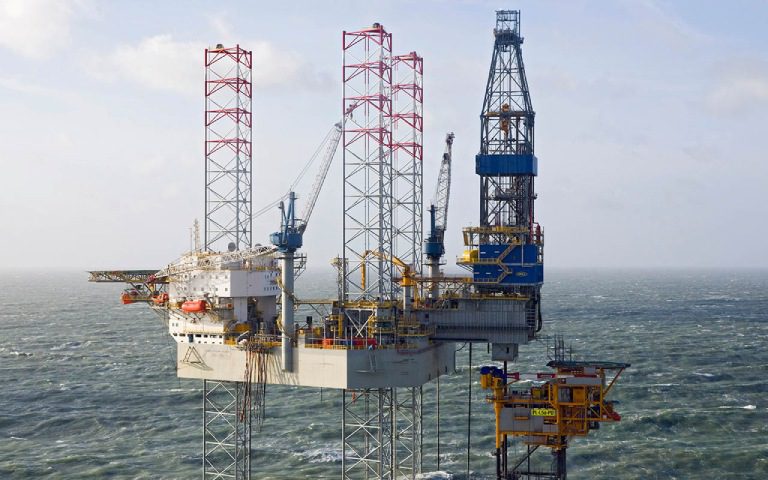Frank Coles, President – Inmarsat Maritime
“Ship to shore connectivity has not kept pace with the unprecedented data access available ashore after the internet revolution, but things are changing fast,” commented Inmarsat Maritime President Frank Coles at a conference in London last week. “The industrial internet is here and shipping will have to accept it.
With ships already featuring ever increasing numbers of sensors, smart operational decision-making is available through advanced analytics. Inmarsat is developing the platform that will enable the Maritime Industrial Internet age.”
WIth the first of Inmarsat’s three new Global Xpress® satellites already in orbit, ultra-fast data transfer rates of up to 50 MB per second are in sight. A fourth satellite is due for launch in late 2016 as part of the company’s USD $1.6 billion project.
In his presentation, Coles notes the discussion is no longer about “getting the data ashore, but about analyzing it and sifting it to ensure smart operations. Today, we send data in 2MB bundles, but tomorrow it will be 15-20MB.”
Quoting a McKinsey projection that 50 billion devices will be internet-connected by 2020, Coles also cited a white paper by Virginia-based Engineering Software Reliability Group (ESRG) which estimates $20 billion could be captured across 100,000 ships through smart decisions on energy efficiency, predictive maintenance and downtime avoidance.
With larger and larger data conduits being brought online, many are keen to fill expanded communications capacity, however Lawrence Poynter, Product Management Director from software developer iOra cautioned the industry that effective communications relied more on data management than data transfer speeds. He pointed to the U.S. Navy which despite operating dedicated satellites, has a strict three tier data transfer regime: general; vessel type data; and ship specific information.
“Critical in all of this is reliable, fit for purpose communications,” said Mr Coles. “I believe shipowners cannot be expected to manage the data available alone and it is the engine and other equipment manufacturers and software developers who are taking the lead in developing the large network centres to help manage this. Vendors will drive change. They are doing it already.”

 Join The Club
Join The Club











